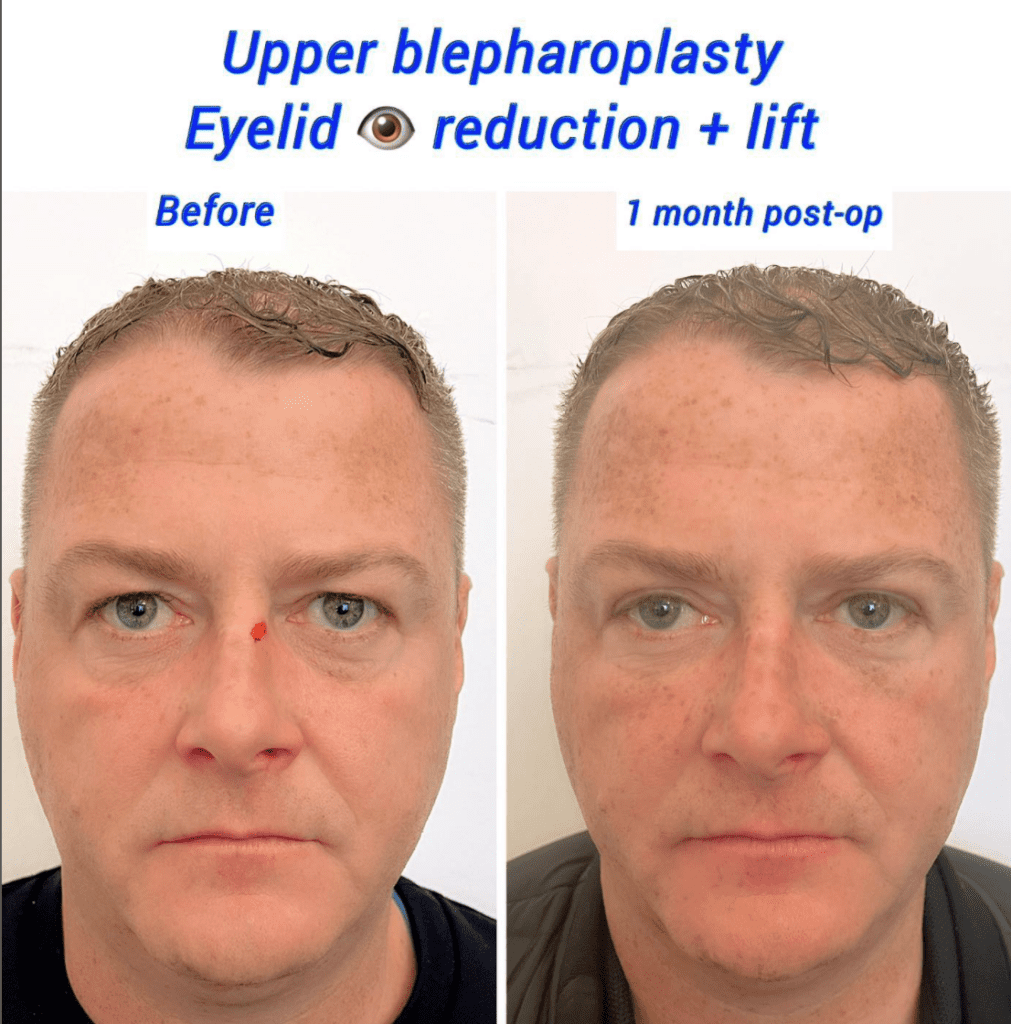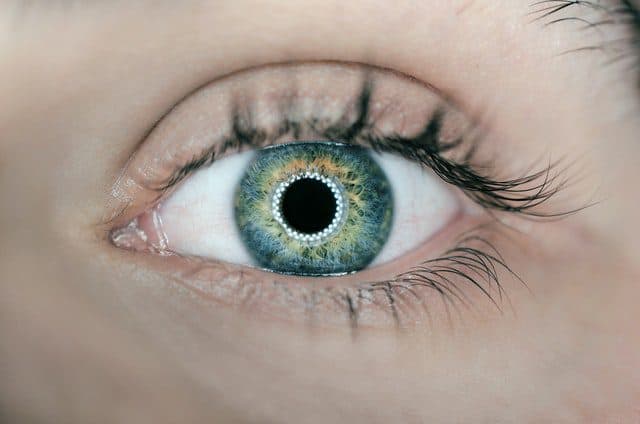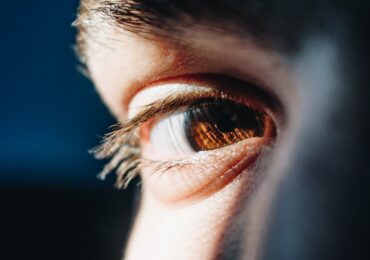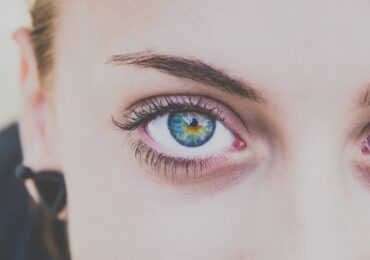Hooded eyes are entirely normal and common. You could have one hooded eye, or both eyes could be hooded. Nowadays, those with hooded eyes have a few options if they wish to fix them. If you’re considering eyelid surgery for hooded eyes, here’s what you need to know.
What are Hooded Eyes?
If you have hooded eyes, you may find that you have excess skin that hangs down over the crease. If the skin below the brow touches or comes close to your lash line, you may have hooded brows. Generally, most people are born with hooded eyes or they develop as you age. It’s a completely normal and natural eyelid shape. Hooded eyelids are not medically serious and are also a normal sign of ageing. But, you can do something about hooded eyes if you prefer.
Whether you’re staring at your face more through Zoom meetings or notice your hooded eyes, more people are considering eyelid surgery. If you find that your mascara or eyeliner is starting to leave a print on the brow line or disappear into the creases of the eye, hooded eyes may start to bother you.
Droopy eyelids and hooded eyes are different. Droopy eyelids are when the eyelid affects a person’s ability to see. In comparison, hooded eyes tend to be hereditary or from ageing. While the two terms are often used together, they are different. Many celebrities have hooded eyes, and it’s not something you necessarily need to fix. It’s an entirely personal choice.
What Causes Hooded Eyes?
Genetics determine many physical attributes, including the shape of our eyes. So, if a parent or another close relative has hooded eyes, the possibility of having it increases. However, for a majority of people, hooded eyes are a result of natural ageing. As we age, the muscles that support the eyebrows lose tone and begin sagging. The eyebrows continue drooping and push down on the fat and soft tissue surrounding the eye socket, creating a hooded effect over one or both eyelids. Trauma to the side of the head can also cause hooded eyes.

How to Get Rid of Hooded Eyes
When researching how to get rid of hooded eyes, you probably come across makeup techniques for hooded eyes and even eyelid tape. There are ways to change the appearance of the eye shape temporarily, but the most long-lasting results come from eyelid surgery.
Eyelid surgery, also known as blepharoplasty, can get rid of hooded eyes. The procedure can remove excess skin and fat from the eyelid. During eyelid surgery, your surgeon will make a small incision to remove the skin or fat from the eyelid. The surgery can be performed under local or anaesthetic.
For someone with moderate to severe eyelid sagging, surgery can help address these issues. Eyelid is a surgical procedure. So, although it’s an invasive treatment for hooded eyes, results often last around a decade, significantly longer than other non-surgical treatments.
When talking about eyelid surgery for hooded eyes, you’re specifically focusing on upper eyelid surgery. The procedure targets the upper eyelid to improve hooded eyes and sagging eyelids. If you have more concerns around the eye area, you have the option to have double eyelid surgery where you target both the upper and lower eyelid area.
Blepharoplasty is one of the most popular cosmetic procedures in the UK for men and women, according to the latest plastic surgery statistics. Blepharoplasty is usually performed on an outpatient basis using local anaesthesia. Depending on how much work needs to be done, it can take anywhere between 30 to 60 minutes.
If the upper eyelids need fixing, the doctor will make an incision along the natural creases of your eyelids. Once the incision has been made, the doctor removes excess skin and fat deposits. The surgeon may also remove a small strip of the orbicularis oculi muscle that surrounds the eyelids to deepen the lid crease.
If you need surgery on the lower eyelids, the surgeon makes an incision either on the inside of the lower eyelid or just below the lower eyelash line. Depending on the procedure, excess skin or fat in the lower eyelid is removed. The doctor may also redistribute excess fat rather than remove it. After the procedure, the doctor will close the incisions with skin adhesives, removable sutures or surgical tape.
Who is a Good Candidate for Hooded Eye Surgery?
You are a good candidate for eyelid surgery if you have excess upper eyelid skin. The excess skin restricts one’s visual field, causing heaviness in the eyelids and chronic tension headaches. Hooded eyelids and droopy eyelids give one a tired and sleepy look. Suitable candidates for eyelid surgery are generally healthy and non-smokers.
The Benefits of Eyelid Surgery for Hooded Eyes
Eyelid surgery can target either the upper eyelid, lower eyelid, or both. Upper eyelid surgery tends to target hooded eyes. But if you have puffiness or eye bags, then lower eyelid surgery could also remove excess tissue from the lower eyelid area. It’s common for patients to have either surgery or have both at the same time. The benefit of combining the two procedures is that you have one surgery and one eyelid recovery period.
There are several key benefits of eyelid surgery, including:
- Minimal scarring
- More youthful look
- Boost confidence and self-esteem
- Long-term improvement and results
- Correct visual impairments
Removing excess skin and tissue and tightening the eyes can have a dramatic look on your appearance. It can make you look younger and reduce the appearance of tiredness. It’s completely normal to have or develop hooded eyes. While some people like how they look, others would prefer to get rid of them. It entirely comes down to personal preference.
Eyelid surgery is probably much quicker than you may think. The procedure itself takes around 45 minutes, and the pain is minimal. Any discomfort you have is manageable by over the counter painkillers and eye ointment from your doctor.

What Can You Expect After Hooded Eyelid Surgery?
Eyelid surgery to correct hooded eyes helps improve the visible signs of ageing, giving you a fresh, rested, youthful appearance. Most changes are noticeable immediately after the surgery, but you are better off waiting 12 weeks to see the full results. After that time, all the swelling will have resolved. The first week is the most crucial. During that time, your doctor will ask you to apply some ointment to the suture line, ice packs, and eyedrops, and you may also have to take some antibiotics.
Stay at home during the first week. If you go out, make sure you wear quality sunglasses.
Bruising and swelling may take up to 2 weeks to go down. The sutures will get removed after 5 to 7 days following the procedure. Since you will have an incision, start applying scar treatment 2 weeks after the surgery. The good news is the eyelid scars heal well.
Silicone gel is a great choice but ensures that you don’t get excess silicone gel into your eyes. You can start wearing contact lenses 4 to 6 weeks after surgery. You can also return to light activities 4 weeks following the procedure and normal activities after 8 weeks.
What are the Potential Risks and Complications of Eyelid Surgery?
Eyelid surgery is usually well tolerated. After surgery, it’s normal to have some swelling and bruising around the incision site. These will subside eventually on their own. Complications aren’t common, but if there are, they may include infection, double or blurred vision, granuloma and adverse reaction to anaesthesia. Your eyes may also experience dryness and irritation due to a temporary change in tear distribution. Scars from blepharoplasty are usually well-concealed and fade over time.
Can You Combine Eyelid Surgery with Other Cosmetic Procedures?
Eyelid surgery on its own can have a powerful effect. But you can combine blepharoplasty with other cosmetic procedures for the ultimate rejuvenation package. Depending on your concerns and what you’re looking to achieve, you can combine eyelid surgery with the following:
There are several benefits to combining multiple cosmetic procedures. One of the main reasons that patients choose to combine treatments is that they have one surgery and one recovery period. While your downtime may be longer if you’re combing eyelid surgery with a tummy tuck, you only have to rest once. You can also combine eyelid surgery with non-surgical treatments such as fillers.
Are There Non-Surgical Alternatives to Fix Hooded Eyes?
Luckily, not all cases of hooded eyes require invasive surgery. There are a few non-surgical options for those who don’t want surgery, depending on the severity of excess skin and drooping. They include:
Anti-Wrinkle Injections
Another option for hooded eyes is botulinum toxin. The non-surgical alternative is a popular choice for patients who don’t want surgery. The process of using botulinum toxin to lift hooded or droopy eyes is also called a non-surgical brow lift. A non-surgical brow lift is usually more suitable for mild forms of hooded eyes, especially in younger patients.

Fillers for Hooded Eyes
Fillers are another non-surgical alternative for hooded eyes. Often, it’s a suitable choice for younger patients or anyone who doesn’t want surgery. You can inject fillers into the upper eyelids, brows, and temples. The fillers can add volume and create a more youthful appearance. Fillers are temporary but can create natural-looking results without the need to have surgery, which is hugely attractive for some patients.
If you’re interested in getting rid of hooded eyes, the first step is to speak to an experienced plastic surgeon to determine what you need to know before eyelid surgery. Through an initial consultation, they can help you determine the best path and give you an idea of the type of results you can look to achieve. Contact The Harley Clinic today to book your eyelid surgery consultation.













